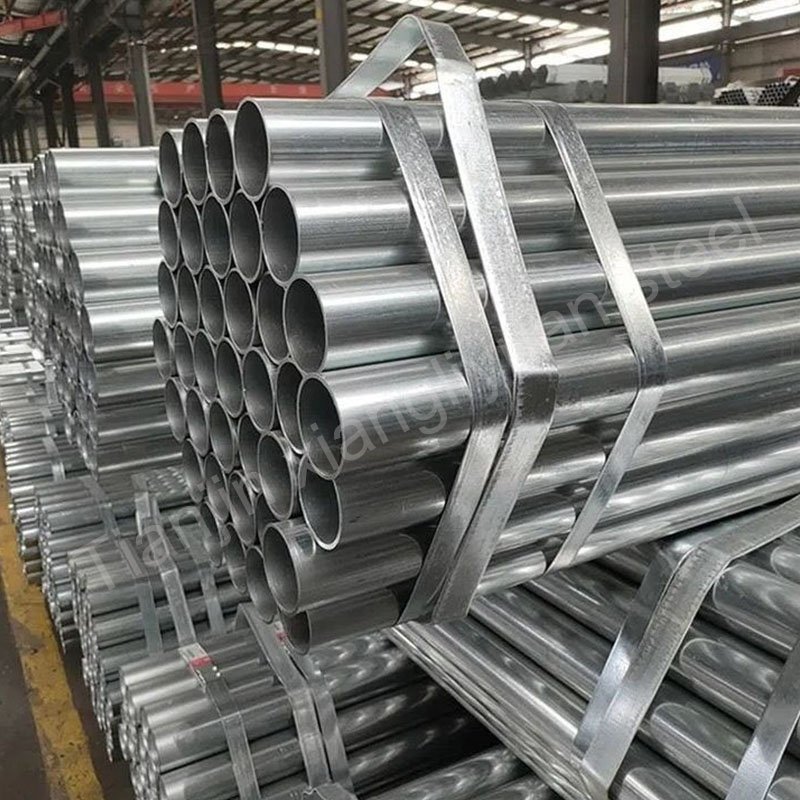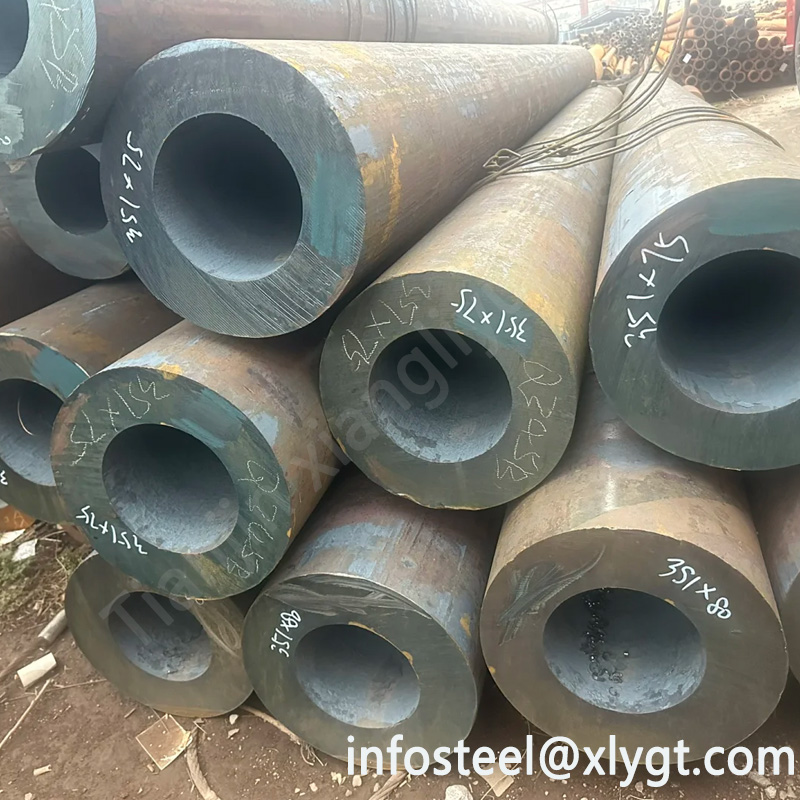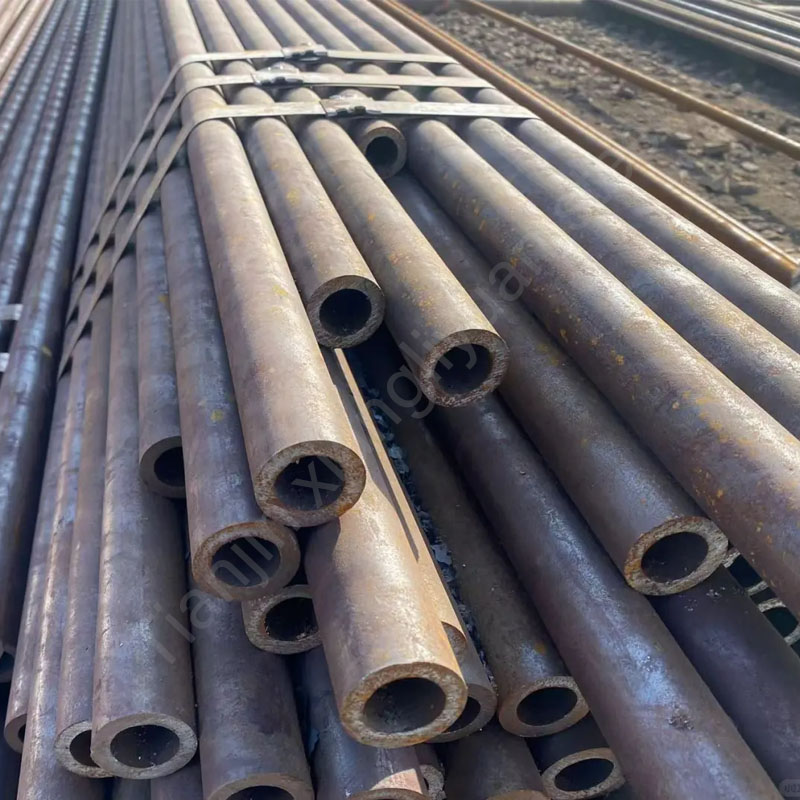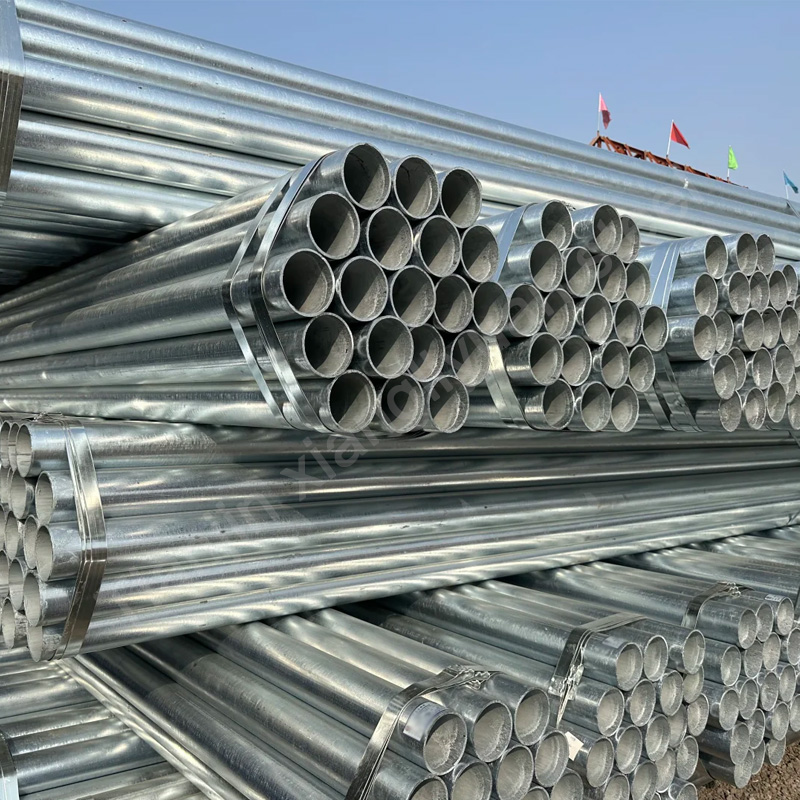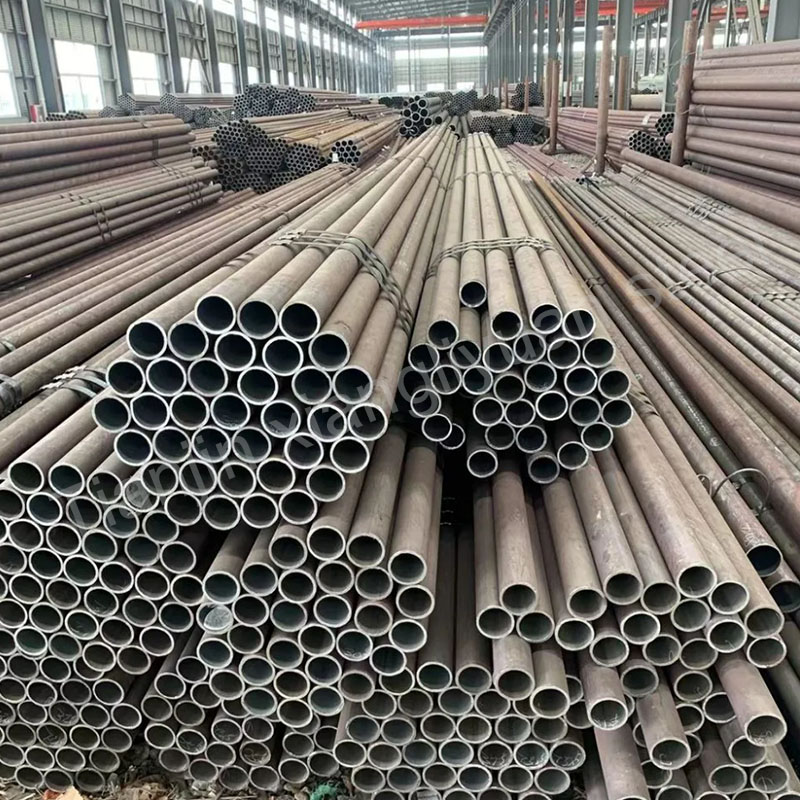Galvanized steel pipe refers to a steel pipe with a layer of zinc on the surface to achieve the effect of corrosion and rust prevention. Galvanized steel pipe is widely used in manufacturing industries such as construction, machinery, coal mining, chemical industry, railway vehicles, automobile industry, highways, bridges, containers, sports facilities, agricultural machinery, petroleum machinery, prospecting machinery, etc.
The main galvanizing methods for galvanized steel pipes are hot-dip galvanizing and cold-dip galvanizing (also known as electrogalvanizing).
1. Hot-dip galvanizing
Hot-dip galvanizing is the process of immersing the steel pipe in molten zinc liquid to cover its surface with a layer of zinc. The steps are as follows:
1. Pretreatment: Remove the oxide scale, rust, oil stains, etc. on the surface of the steel pipe, usually using pickling, cleaning, immersion in plating solution and other processes.
2. Hot-dip galvanizing: Immerse the treated steel pipe in a molten zinc liquid at about 450°C-480°C for a period of time to form a zinc layer on its surface.
3. Cooling: The galvanized steel pipe is treated with cooling, passivation and other processes.
2. Cold galvanizing (electrogalvanizing)
Cold galvanizing is the process of applying a zinc layer to the surface of a steel pipe using electrolytic equipment. The steps are as follows:
1. Pretreatment: Same as hot-dip galvanizing, pickling and other treatments are required first.
2. Electroplating: Immerse the steel pipe in an electrolyte containing zinc salt, connect the power supply, and through electrolysis, zinc ions form a zinc layer on the surface of the steel pipe.
The thickness of the zinc layer directly affects the corrosion resistance of the galvanized steel pipe. The common zinc layer thickness standards for galvanized steel pipes are as follows: Hot-dip galvanizing: Generally, the zinc layer thickness is required to be between 60-120μm; Cold-dip galvanizing: The zinc layer thickness is usually between 15-30μm.
Different countries and regions have different standards for galvanized steel pipes. Common international and national standards include:
ISO 146: International standard that specifies the requirements for hot-dip galvanized steel products.
ASTM A123/A123: American standard that covers the requirements for hot-dip galvanizing.
GB/T 13912: Chinese national standard, which specifies the technical conditions for hot-dip galvanizing for steel structures.
Galvanized steel pipes are widely used in various fields, mainly in the following aspects:
1. Construction industry: used for scaffolding, water pipes, ventilation ducts, guardrails, etc.
2. Transportation industry: used for bridges, road guardrails, highway protection nets, etc.
3. Machinery manufacturing: used for agricultural machinery, mining machinery, petroleum machinery and other equipment manufacturing.
4. Municipal engineering: used for urban water supply, gas supply pipelines and other infrastructure.

